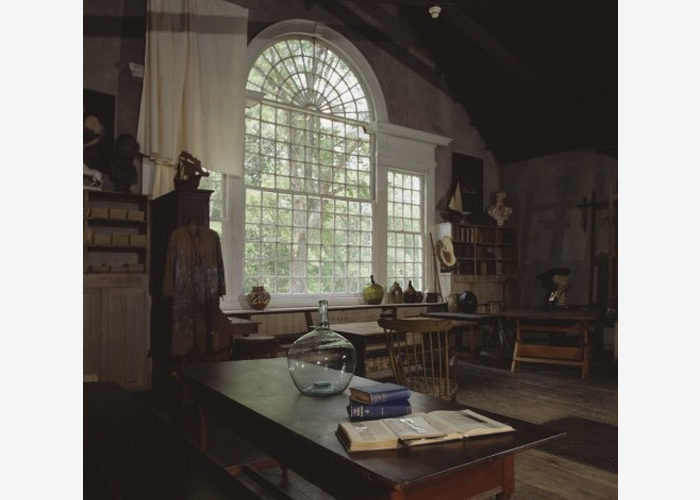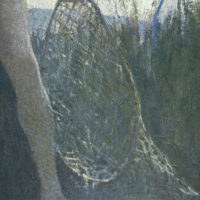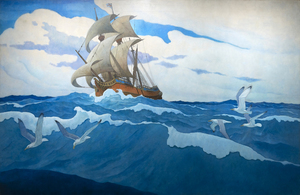N.C. WYETH (1882-1945)
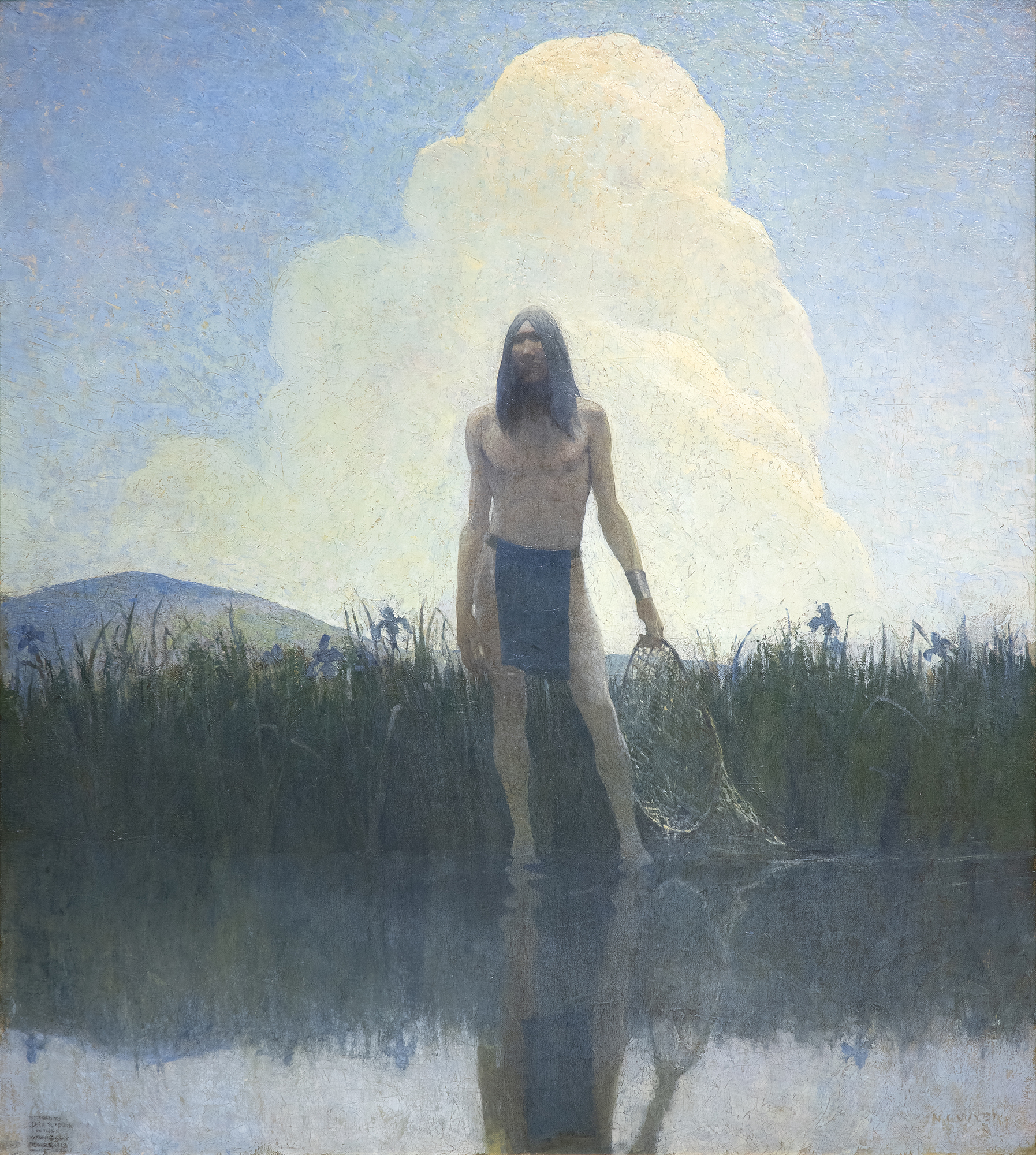
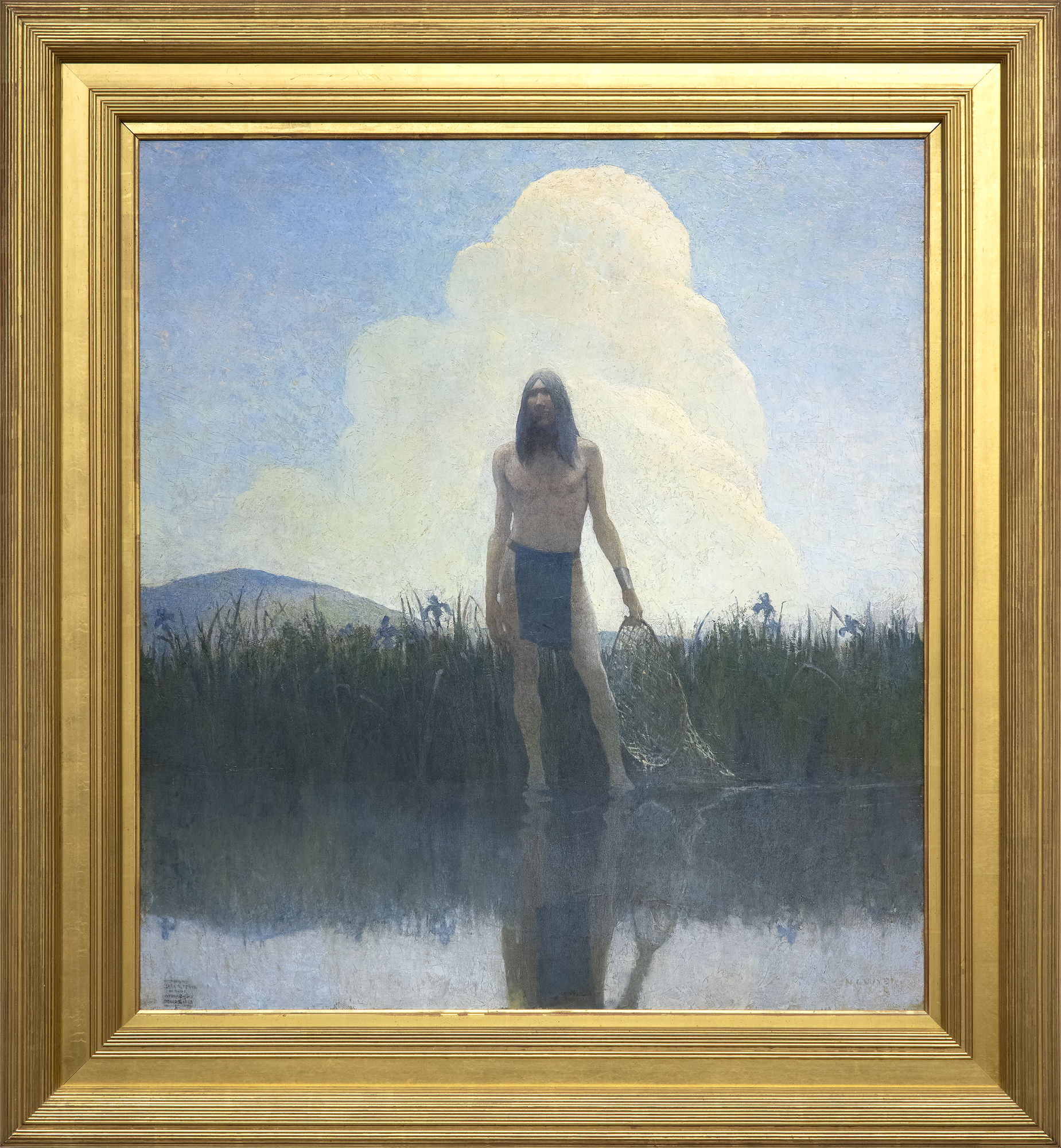
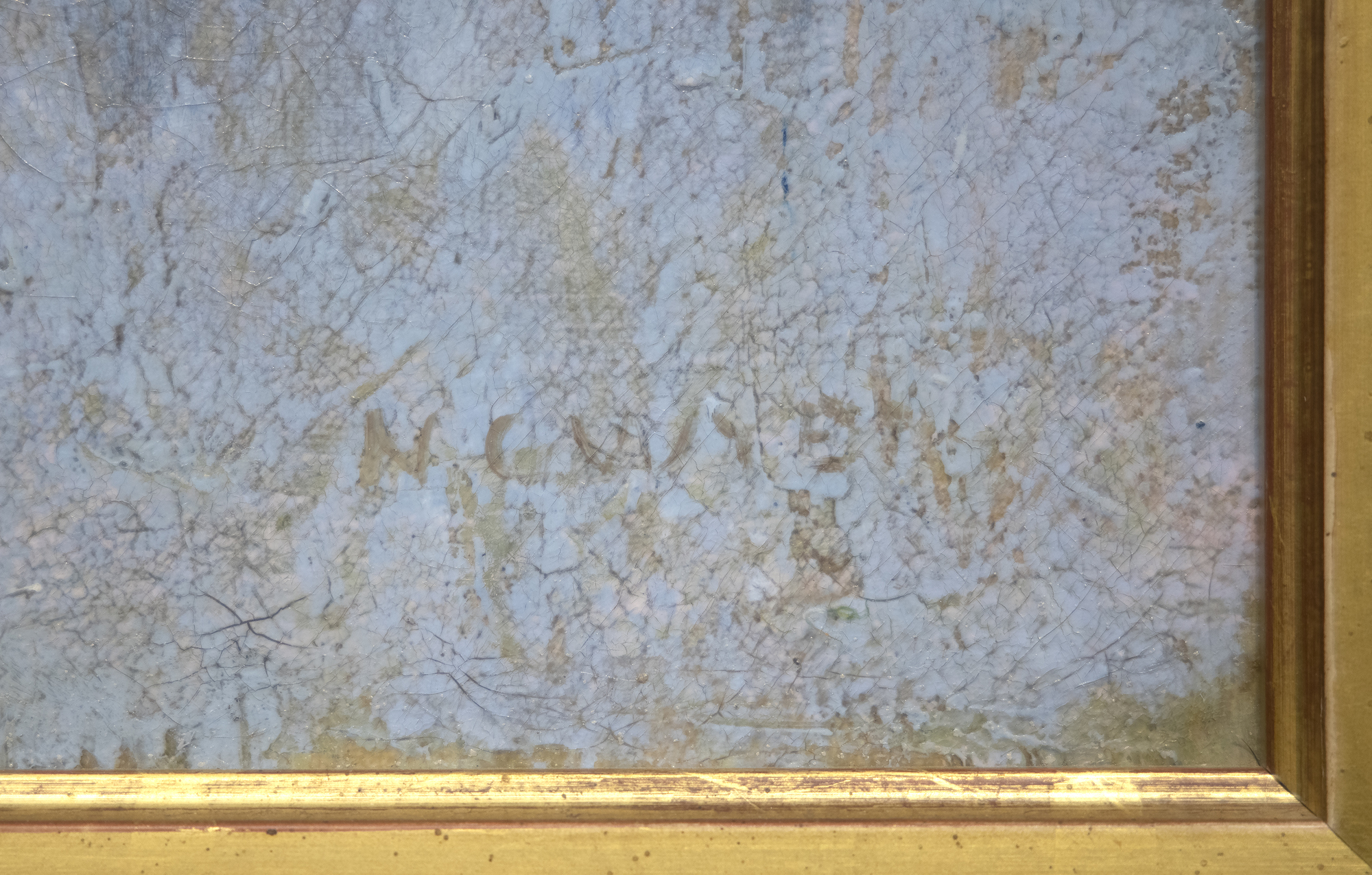
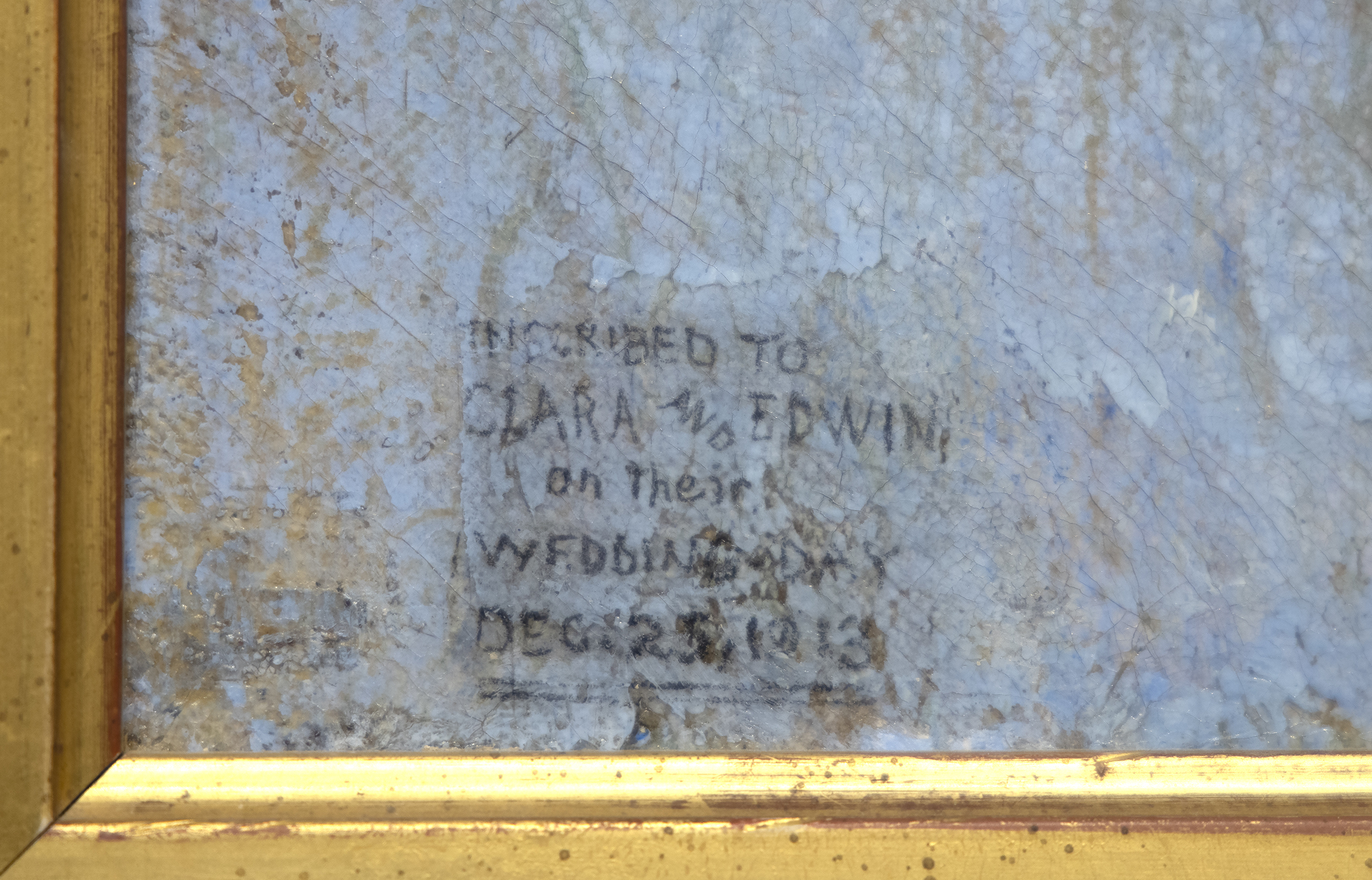
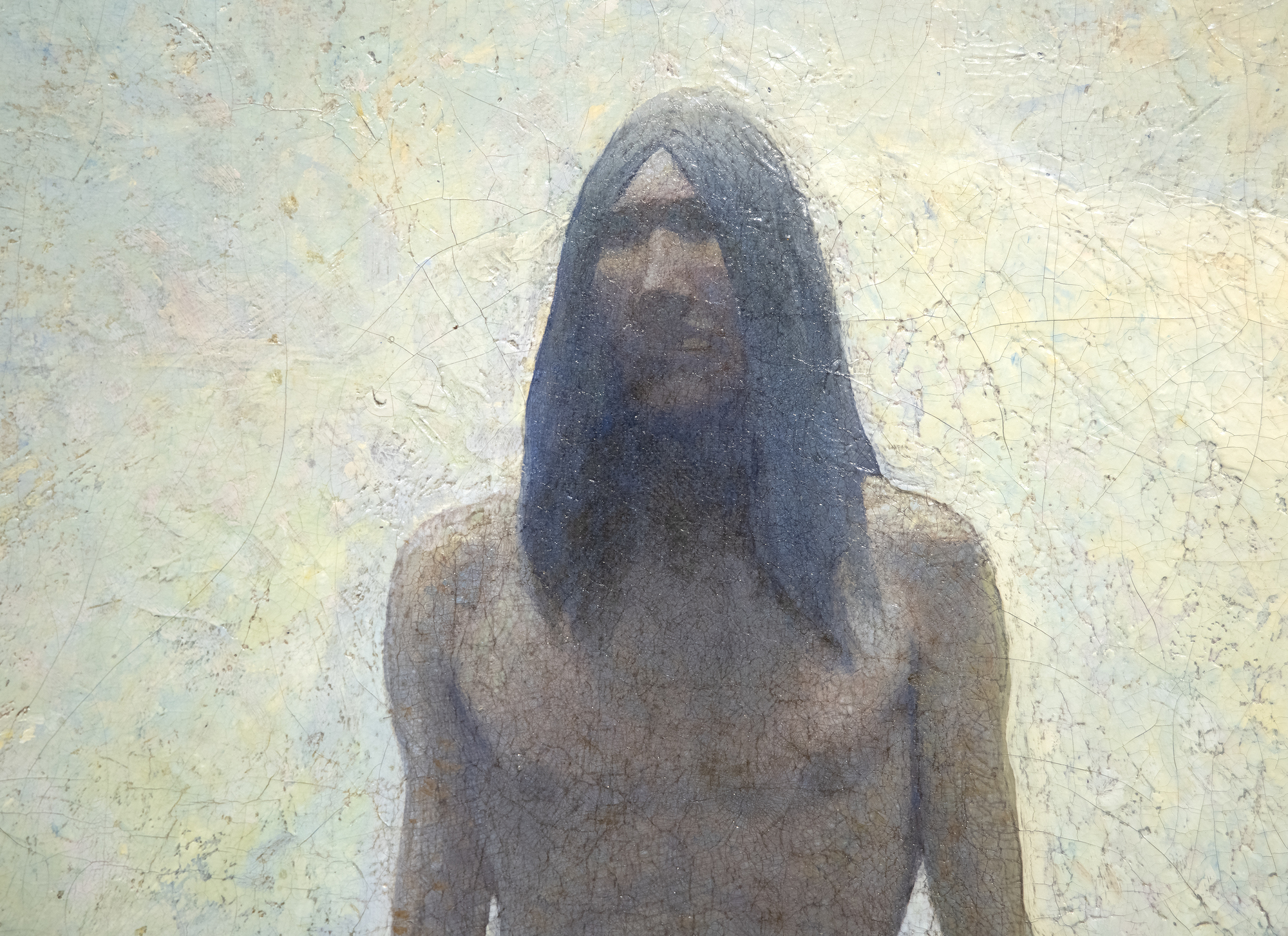
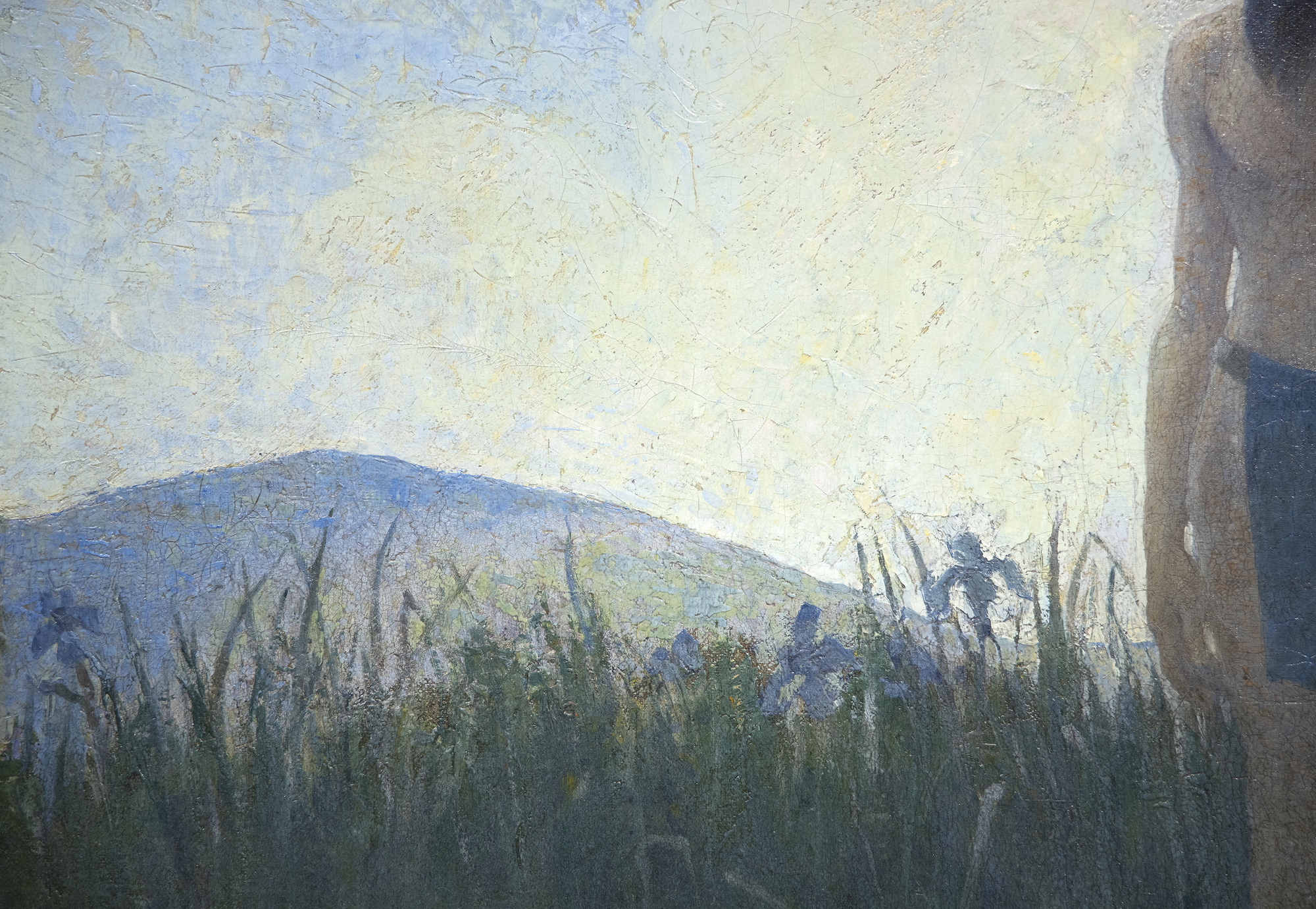
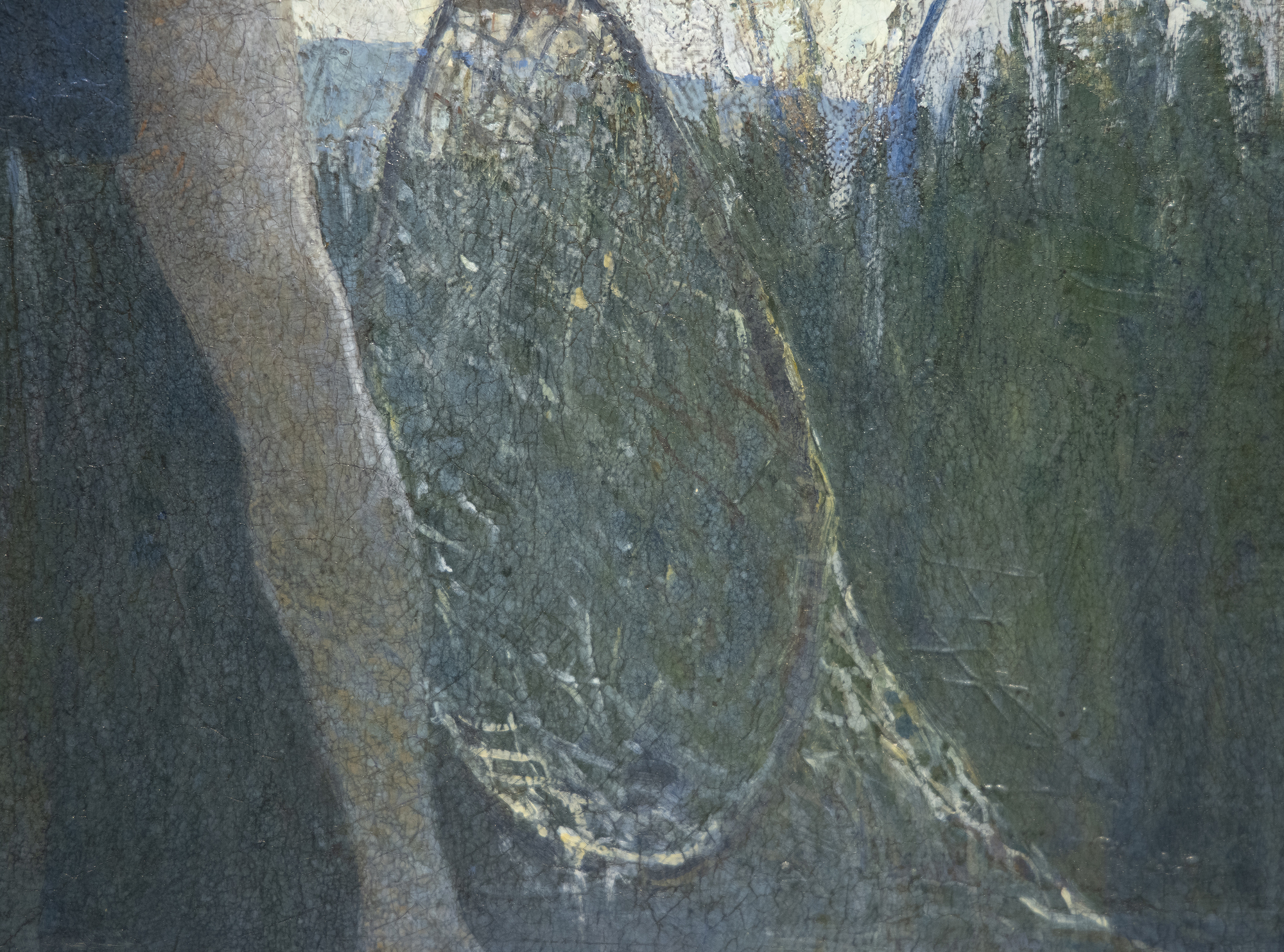
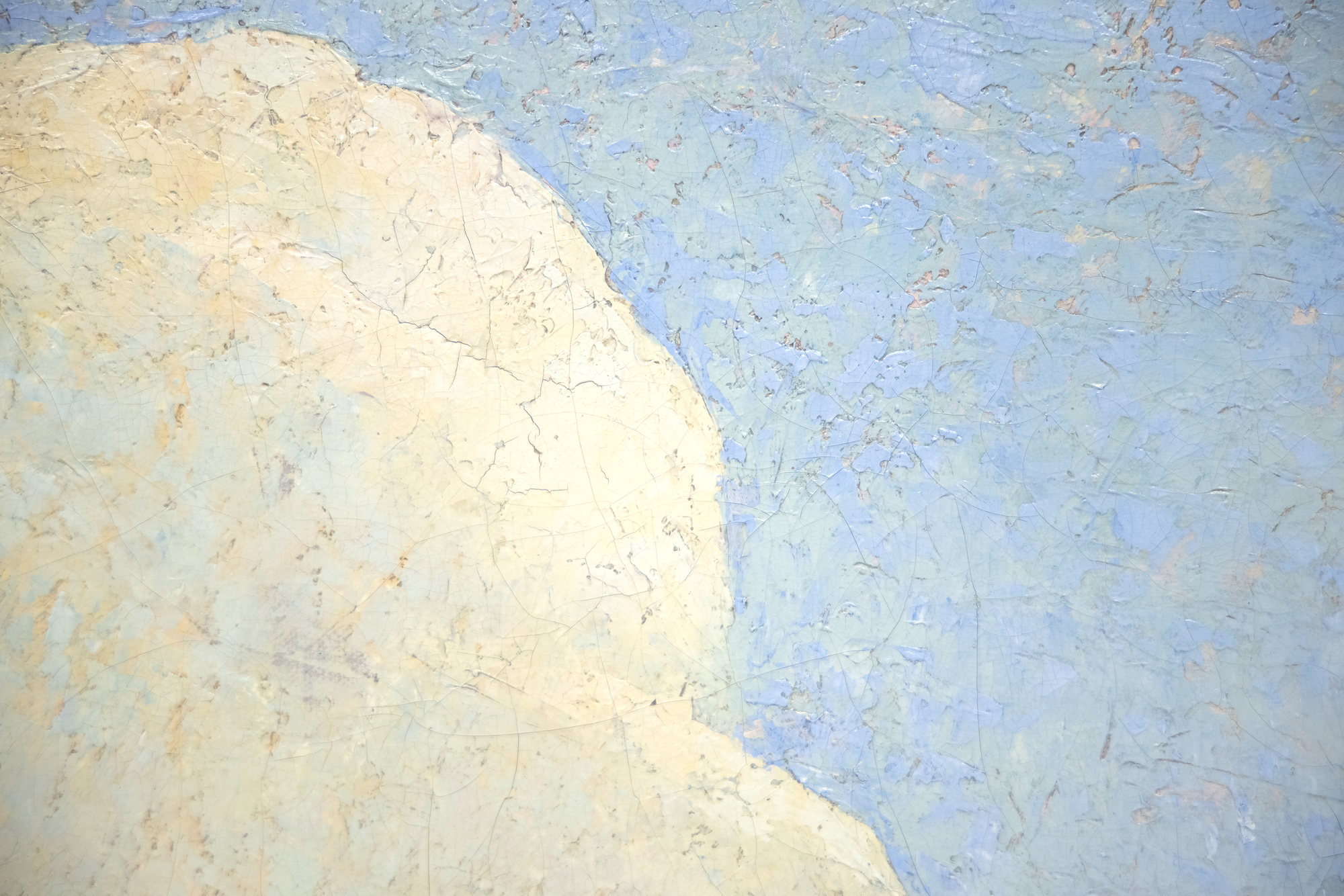
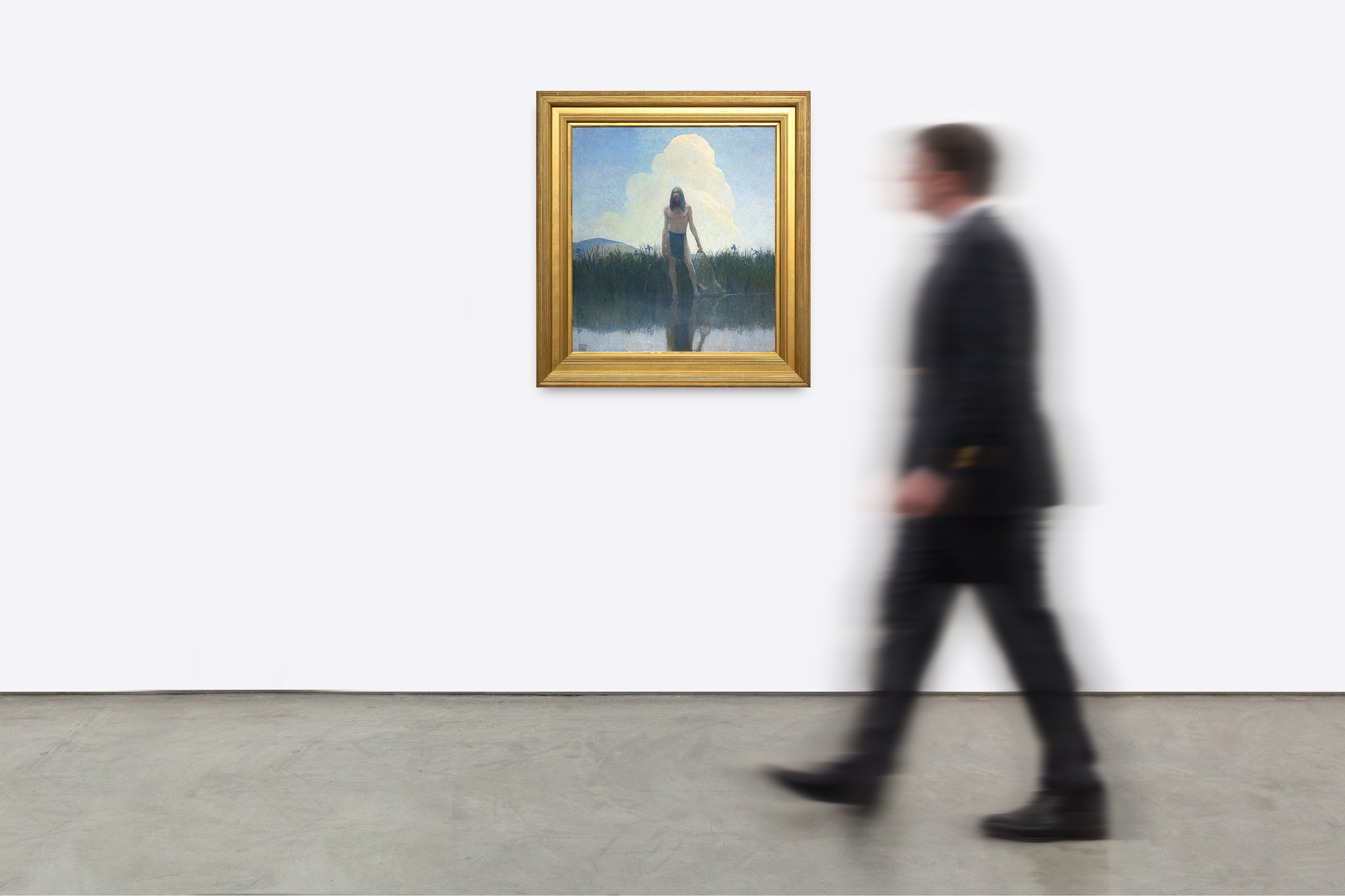
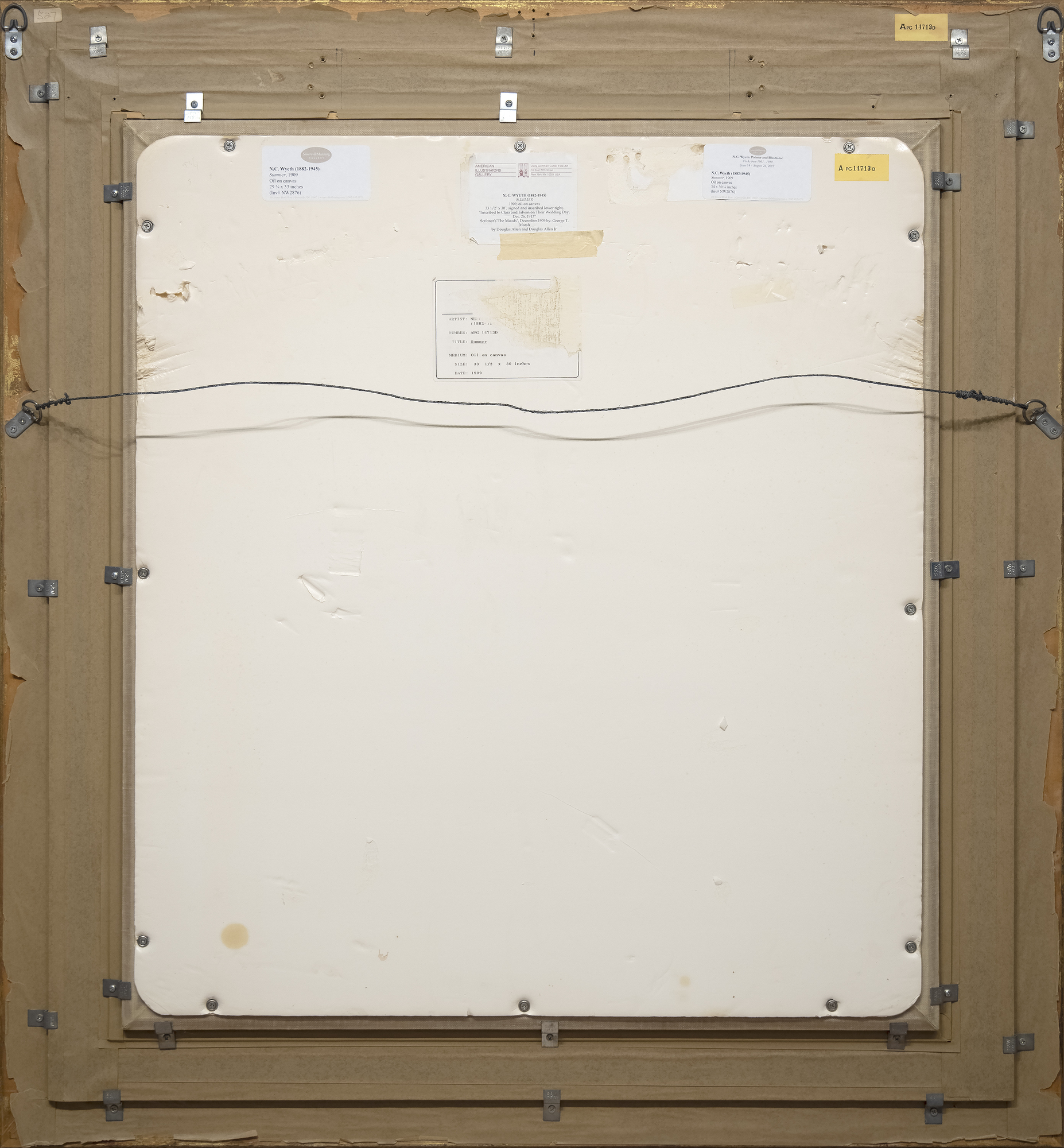
מקור ומקור
מר וגברת אדווין ר. ווית', 1913גברת אדווין ווית', עד 1988
(ג'ודי גופמן אמנות, ניו יורק, ניו יורק, מאי 1991)
אוסף ג'ון אדוארד דל, עד אוגוסט 1995
אוסף פרטי, ניו יורק, עד 2008
[גלריית סומרוויל מאנינג, גרינוויל, דלאוור, אפריל 2008]
תערוכה
פילדלפיה, פנסילבניה, 1910, מס' 798 בעמ' 51, כ"קיץ"צ'אדס פורד, פנסילבניה, 1972, מס' 12; גרינוויל, דה-סי, 1995
גרינוויל, דלאוור, גלריה סומרוויל מאנינג, N. C. Wyeth: צייר ומאייר, 14 ביוני - 14 בספטמבר 2019
ווסט פאל... עוד...m ביץ', פלורידה, גני הפסלים אן נורטון, המאסטרים הפיגורטיביים של אמריקה, 4 בינואר – 12 בפברואר 2023
ספרות
בטסי ג'יימס ויית', עורכת, The Wyeths, The Letters of N. C. Wyeth, 1901-1945 (Boston: Gambit, 1971), ps. 312, 313Douglas Allen and Douglas Allen, Jr., N. C. Wyeth, The Collected Paintings, Illustrations and Murals (New York: Crown Publishers, 1972), p. 275, illustration in b/w p. 62
ג'ון אדוארד דל, עורך, Visions of Adventure, N. C. Wyeth and the Brandywine Artists (New York: Watson-Guptill Publications, 2000), איור בצבע עמ' 64
Christine B. Podmaniczky, N. C. Wyeth, A Catalogue Raisonné of Paintings (London: Scala, 2008), I.284, p. 200
... פחות...
היסטוריה
נ.C ווית', שהופיע בסוף העידן המוזהב, היה אחד האמנים והמאיירים האמריקאים החשובים ביותר. ציוריו ואיוריו הביאו חיים לספרות קלאסית מאי המטמון ועד המלך ארתור של הנער ועוד. הוא זכור בעיקר בזכות יכולתו ללכוד רגעים מכריעים בנרטיבים, תוך שהוא מגלם רק כמה מילים לייצוג חזותי של דרמה עמוקה ומתח. הפטריארך של השושלת האמנותית של ווית', הכוללת את בנו אנדרו ונכדו ג'יימי, השפעתו נגעה למאיירים ואמנים עתידיים.
אולי המורשת החשובה ביותר שלו היא איך הוא עיצב את הדמיון האמריקאי – של אמריקה עצמה ושל אפשרויות פרועות. הציורים העוצמתיים של ווית' העניקו חיים לרבים מהסיפורים שאמריקה סיפרה לעצמה. ציוריו המוקדמים תיעדו את חייו של המערב האמריקאי וכמה מאיוריו האהובים ביותר היו לרומנים כמו "אחרוני המוהיקנים" או סיפורים קצרים כמו "ריפ ואן וינקל". למרות הצלחה זו, נאבק ווית' עם המסחריות של איורים ופרסומות, וביקש שעבודתו תתקבל כאמנות. במהלך הקריירה שלו, הוא התנסה בסגנונות שונים שעברו מאימפרסיוניזם לפילוגיזם לאזוריות.
נ.C ווית' הפיק יותר מ-3,000 ציורים ואייר 112 ספרים. האיורים שלו לבניו של המו"ל צ'ארלס סקריבנר היו כל כך פופולריים שהם נודעו כקלאסיקות של סקריבנר ונשארו בדפוס עד עצם היום הזה.
עודעבודות נוספות הממחישות את מצבי הרוח מאת ג'ורג' ט. מארש
"אביב". שיר", (1909)
"סתיו". מחכה", (1909)
"חורף". מוות'" (1909)
תובנות שוק
- הגרף שהוכן על ידי Art Market Research מראה כי מאז 1976, ציורים של N.C. Wyeth עלו בקצב תשואה שנתי של 13.4%.
- גרף השוק מציג צמיחה משמעותית בשוק מאז 2010, ועלייה חדה עד 2020.
- 2 מתוך 3 תוצאות המכירה הפומבית המובילות הן סצנות מערביות
תוצאות מובילות במכירה פומבית

"דיוקן של איכר (חקלאי מפנסילבניה)" (1943) נמכר ב-5,985,900 דולר.

"ידיים למעלה" (1906) נמכר ב-4,951,500 דולר.

"שיחת אהבה הודית" (1927) נמכרה ב-3,510,000 דולר.
ציורים דומים שנמכרו במכירה פומבית

"ידיים למעלה" (1906) נמכר ב-4,951,500 דולר.
- גדול יותר מ "שתיקת קיץ"
- צבוע שלוש שנים לפני שתיקת הקיץ
- נושא מערבי דומה
- פורסם במקור כאיור החזיתי של סיפורה של מונטנה של סי.פי קונולי בגיליון אוגוסט 1906 של מגזין מקלור

"שיחת אהבה הודית" (1927) נמכרה ב-3,510,000 דולר.
- גדול יותר מ "שתיקת קיץ"
- צבוע 16 שנה אחרי שתיקת הקיץ
- נושא אינדיאני דומה
- במקור צויר כעמלה פרטית

"Stand and Deliver" (1921 בקירוב) נמכר ב-2,032,000 דולר.
- גודל דומה
- צבוע 12 שנים אחרי שתיקת הקיץ
- פורסם במקור על שער כתב העת לייף ב - 22 בספטמבר 1921.
- שיא המכירה הפומבית הוא מלפני 16 שנה.

"הגולש (רץ הסקי)" (1910) נמכר תמורת 1,205,000 דולר.
- צבוע שנה אחת לאחר שתיקת הקיץ
- קצת יותר גדול מדמות קיץ
- מאויר במקור על שער "מהדורת סוף החודש" של המגזין הפופולרי בפברואר 1911
- שיא המכירה הפומבית הוא מלפני 8 שנים

"דיג הודי" (1908) נמכר ב-937,000 דולר.
- צבוע שנה לפני שתיקת הקיץ
- נושא אינדיאני דומה
- קטן יותר מדמות קיץ
- פורסם במקור על שער "סאטרדיי איבנינג פוסט" ב-18 ביולי 1908
- שיא המכירה הפומבית הוא מלפני 15 שנה
ציורים באוספי מוזיאונים
מוזיאון המטרופוליטן לאמנות, ניו יורק
מוזיאון ברנדיווין ריבר לאמנות, צ'אדס פורד, פנסילבניה
מוזיאון פיבודי אסקס, סאלם, מסצ'וסטס
מוזיאון האמנות פארנסוורת', רוקלנד, מיין
המוזיאון הלאומי לאיור אמריקאי, ניופורט, רוד איילנד
מוזיאון דנבר לאמנות, דנבר קולורדו
גלריית תמונות
משאבים נוספים
"אבי" מאת אנדרו ווית'
N.C. Wyeth House & Studio
מכתבי נ.C ווית'
אימות
ראה קיץ. ההכללה של "שקט" בקטלוג של דאגלס אלן ודאגלס ג'וניור של נ.C ודאגלס ג'וניור של יצירות האמנות של נ.C ווית'.
צפה בקטלוג המלא ריזונה ערך
לברר
יצירות אחרות מאת נ.C ווית'
אתה יכול גם לאהוב





